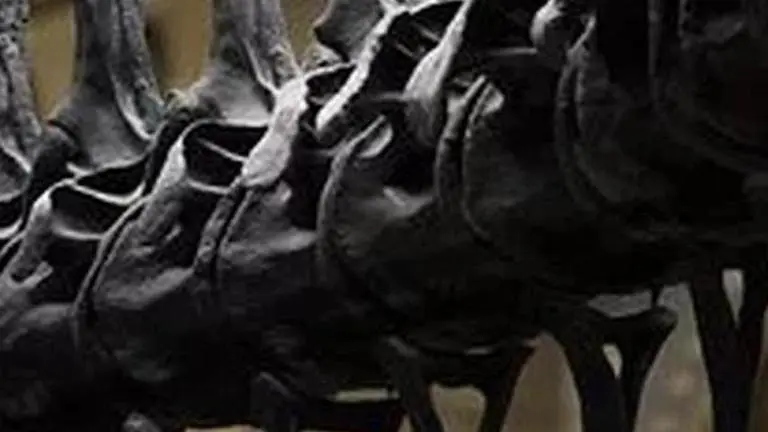Updated 28 March 2020 at 08:29 IST
Fossils of 67 million-year-old feathered dinosaur found in New Mexico
Experts in South America have reportedly discovered a new species of dinosaur in Mexico. The reserch was published in the journal Scientific Reports.'
- World News
- 2 min read

Paleontologists in South America have reportedly discovered a new species of dinosaur in Mexico, which they believe was one of the last raptor like dinosaurs. The research which was published in the journal Scientific Reports stated that the newly found feathered dinosaur lived in New Mexico about 67 million years ago. The research was led by the study author Steven Jasinski who collaborated with doctor advisor Peter Dodson of the School of Veterinary Medicine Robert Sullivan of the New Mexico Museum of Natural History and Science in Albuquerque.
In 2008, Sullivan found fossils of the new species in Cretaceous rocks of the San Juan Basin, New Mexico. He, along with his field team of Jasinski and James Nikas, collected the specimen on U.S. federal land under a permit issued by the Bureau of Land Management. The entire specimen was recovered over four field seasons, international media reported.
Advertisement
Jasinski and his coauthors gave the species its official name, Dineobellator notohesperus, which means "Navajo warrior from the Southwest," in honour of the people who today live in the same region where this dinosaur once dwelled.
Advertisement
Striking Features
Features of the animal's forelimbs, including enlarged areas of the claws, suggest this dinosaur could strongly flex its arms and hands. This ability may have been useful for holding on to prey using its hands for smaller animals such as birds and lizards, or perhaps its arms and feet for larger species such as other dinosaurs. Its tail also possessed unique characteristics. While most raptors' tails were straight and stiffened with rod-like structures, Dineobellator's tail was rather flexible at its base, allowing the rest of the tail to remain stiff and act as a rudder. They were reportedly swift and agile predators, distantly related to Tyrannosaurus rex.
Published By : Riya Baibhawi
Published On: 28 March 2020 at 08:29 IST
